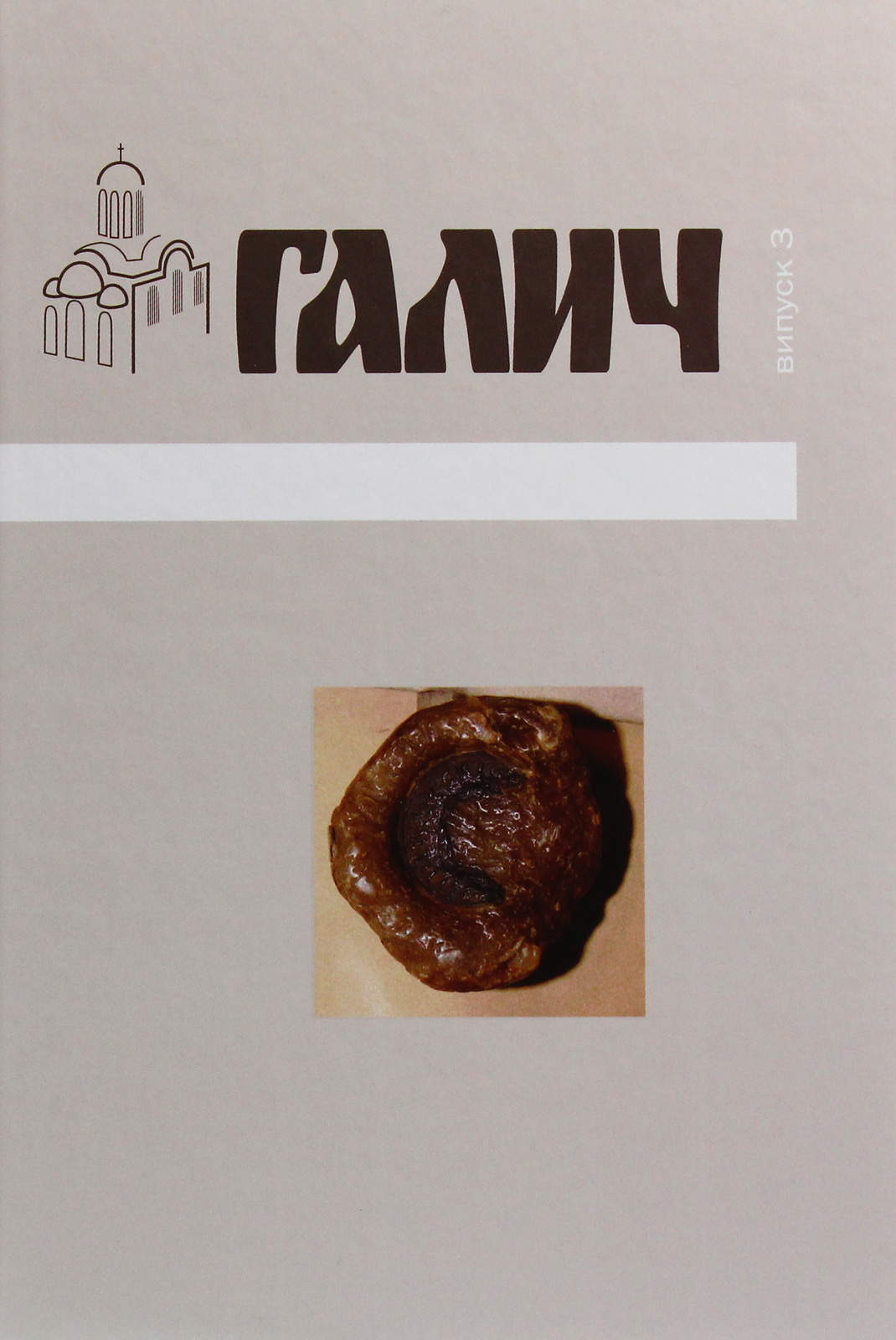A CAUSATION TO THE «ETHNIC» INTERPRETATION OF THE EARLY MEDIEVAL NOMADIC GRAVES FROM KRYLOS
Keywords:
Krylos, Yaroslav Pasternak, Oghuz-Pechenegs influence, nomadic graves, Hungarians, Carpathian Basin.Abstract
The subject of late nomadic burial mounds from Krylos, published almost 100 years ago by Yaroslav Pasternak, still arouses interest. The analysis of burials, carried out by the author of the discovery initially indicated the early Hungarian provenience, and more precisely, based on the analogy from the Carpathian Basin, «the period of occupying the homeland». The re-analysis of the burial inventories indicates that they were made under the influence of patterns formed on the border of the steppe and forest-steppe: between the Oghuz(Pechenegs encampment from the south, the forest-steppe boundary of the Khazar Khaganate from the west and the Ural-Kama River region from the north-east. The funeral architecture refers to the traditions of the Asian Turks, whose elements were familiar in the Ugric circle. However, the deposition of human relics and horse remains clearly indicating the Turkic funeral rite most probably with the Oghuz(Pechenegs origin. Other details of equipment, such as clothing, signs of the high social status, weapon, horse harness, show that high(ranking warriors assumed the «fashion» of the Ugric elite, perhaps they were its members, but they did not necessarily come from this community. The proposed dating of complexes includes the end of the 8th – second half of the 9th century.





